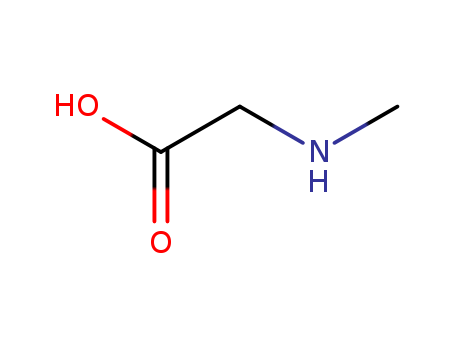Home > Products > Amino acids


CasNo: 107-97-1
MF: C3H7NO2
Appearance: white crystalline powder
|
Description |
Sarcosine, also known as N-methylglycine or monomethylglycine, is an amino acid derivative and an intermediate in the metabolic pathway of glycine. Structurally, it is an N-alkylglycine, specifically the N-methyl derivative of glycine. It exists as a zwitterion in neutral pH, represented as CH₃N⁺(H)₂CH₂CO₂⁻, and is typically obtained as a white, water-soluble powder. |
|
Uses |
Sarcosine has shown potential as a cognitive enhancer, particularly in the treatment of certain mental health conditions such as schizophrenia. By increasing glycine concentrations in the brain, sarcosine may enhance NMDA receptor activation, which is believed to contribute to its cognitive-enhancing effects. Sarcosine has been studied for its therapeutic effects in schizophrenia treatment. Research suggests that supplementation with sarcosine, in addition to standard antipsychotic drug therapy, can lead to significant reductions in both positive and negative symptoms of schizophrenia, as well as improvements in general psychopathological and neurocognitive symptoms. |
InChI:InChI=1/C3H7NO2/c1-4-2-3(5)6/h4H,2H2,1H3,(H,5,6)
Studies have demonstrated the beneficial therapeutic effects of sarcosine, benzoate, and ketamine (including esketamine and arketamine) on depression. These drugs mainly act by modulating N-methyl-d-aspartate glutamate receptors (NMDARs) and reducing inflammation in the brain.
Two new metabolites, perthamides C and D...
Multicomponent supramolecular hydrogels ...
The acceptorless dehydrogenation of dive...
Bioorthogonal chemistry is bridging the ...